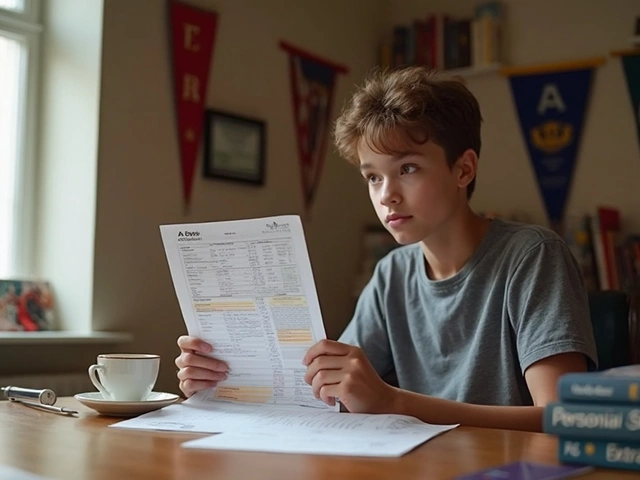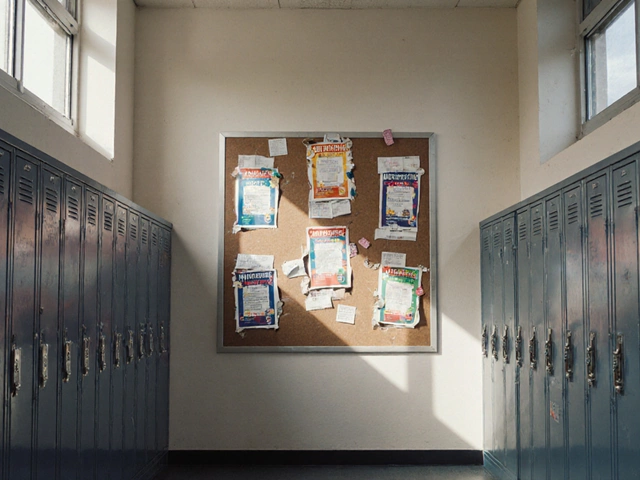Neurodiverse Learning Resources & Tips
Did you know that about 1 in 5 students learns differently? That means schools need tools and strategies that work for a wide range of brains. At Abbey Gates School Store we’ve gathered the most useful resources so you can help neurodiverse learners succeed without extra hassle.
Understanding Neurodiversity in the Classroom
Neurodiversity covers ADHD, dyslexia, autism, dyspraxia and many other profiles. Each student may need a different mix of visual, auditory or hands‑on aids. Start by observing how the child reacts to reading, listening and movement. If a lesson feels overwhelming, break it into short, clear steps and give plenty of time for processing. Use simple language and repeat key points in more than one format – a short video, a colour‑coded handout and a quick verbal recap work well together.
Another easy win is to let students choose where they sit. A quiet corner or a seat near the teacher can reduce sensory overload and improve focus. Pairing a learner with a supportive peer for group work also builds confidence and models social cues.
Practical Tools and Supplies for Neurodiverse Students
Here are three must‑have items you can order straight from our store:
- Noise‑reducing headphones – great for students who get distracted by background chatter. They help keep the brain on task without isolating the child.
- Colour‑coded notebooks and planners – assigning a colour to each subject makes it easier to organise homework and track deadlines.
- Fidget tools – a small stress ball or thumb spinner gives a safe outlet for excess energy, letting the mind stay focused on the lesson.
Combine these tools with simple study habits. A 5‑minute “brain dump” before each study session clears worries and improves concentration. Follow it with a short Pomodoro timer (25 minutes work, 5 minutes break) – the rhythm matches many neurodiverse brains that thrive on clear start‑stop cues.
If you’re a teacher, consider creating a “resource kit” that includes highlighters, sticky notes, graphic organizers and a list of digital apps like text‑to‑speech readers. Keep the kit stocked and let students know they can borrow items whenever they need a boost.
Parents can mirror classroom strategies at home. Set up a dedicated, low‑stimulus study zone. Use a whiteboard to visualise daily tasks and celebrate each completed step with a quick praise or sticker. Small, consistent wins reinforce good habits and build self‑esteem.
Remember, the goal isn’t to “fix” a learner but to provide the right supports so they can showcase their strengths. When schools and families use the same language and tools, students feel understood and stay motivated.
Ready to upgrade your classroom or home study area? Browse our curated selection of neurodiverse-friendly supplies and start seeing the difference today.
Recognizing neurodiversity in children involves observing unique behaviors, communication styles, and interests. While no two neurodiverse children are alike, common signs include sensory sensitivities, repetitive behaviors, and difficulty with traditional communication. Understanding these traits can help in providing the right support and fostering an inclusive environment. This article explores practical ways to identify neurodiversity and offers tips to support your child's unique needs.
Read more






